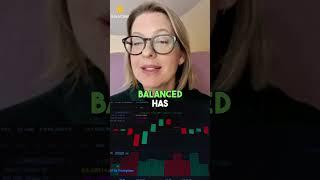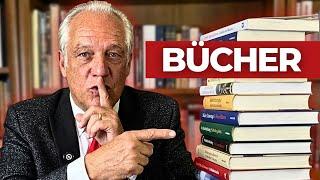| If ivory poaching continues at its current rate the African elephant could be extinct within decades. Science is being used to better map ivory-trafficking routes, but will it be enough to save the iconic animal?
Click here to subscribe to The Economist on YouTube: http://econ.st/2sIlitG The African elephant population has been decimated by poaching over the past ten years. If it continues, this iconic animal could be extinct within decades. Elephants are killed for their ivory. A single tusk can fetch upwards of $4,000 on the black market. The slaughter is disastrous not just for elephants, but for the stability of African nations. Almost every recent African conflict has been fuelled by money from ivory. But it can be stopped. In 1989, in an attempt to save the last African elephants, the species was awarded the highest level of protection under the Convention on International Trade in Endangered Species, or CITES. This meant all trade in elephant parts was prohibited. But the CITES legislation included a clause. It stated that countries with well managed elephant populations could downgrade their elephants to a lower of level of protection. This allowed regulated trade and sales of existing ivory stockpiles. One of the biggest sales of stockpiled ivory was in 2008, when 102 tonnes was sold off. Initially, it was seen as good news for the elephants because it raised $15 million for local African communities, much of which was spent on elephant conservation. But during the same period, undercover investigators reported a spike in ivory sales on the black market. Operating for over 30 years, the Environmental Investigation Agency, or EIA, has used undercover techniques to try to penetrate wildlife trafficking gangs. They found the legal sell-off in 2008 revived the ivory market. The legal sell-off provided the perfect cover for the illegal trade because it’s hard to tell if an individual tusk is from a legal stockpile, or has been poached. Around 70% of the world’s ivory is destined for China where it’s revered a symbol of wealth. Intricate carvings can fetch hundreds of thousands of dollars. EIA investigators found that around 90% of so-called legal ivory on sale in China, was from the black market. But once they make a seizure, the EIA need evidence that the tusks have been illegally poached. Dr Sam Wasser has developed a novel way to prove where ivory tusks have come from, using elephant DNA. Using radiocarbon dating, Dr Waser and his team are able to determine the age of the tusks. This research helps conservationists know where to focus their efforts. It also provides valuable evidence when prosecuting ivory traffickers. Stamping out the illegal trade is not just a conservation issue. The trade is run by organised criminal networks and the money funds militant and terrorist groups. The Lord’s Resistance Army in Uganda, Boko Haram in Nigeria, Al-Shabaab in Somali, have all been funded by money from ivory. But the time could be up on the ilegal trade. Some African countries are destroying their legal stockpiles to prevent them from ever being sold. In July 2016, President Obama near total ban on the buying and selling of ivory in America came into effect. In December 2017 China–the world’s biggest ivory market– shut down its domestic trade. Hong Kong, in January 2018, followed suit. Britain, the world’s biggest exporter of legal ivory, is consulting on a total ban, but is yet to implement it. Closing the last legal markets will stifle demand for ivory, and remove the cover the illegal trade relies upon. Daily Watch: mind-stretching short films throughout the working week. For more from Economist Films visit: http://econ.st/2sF6mMR |
Tags:








































